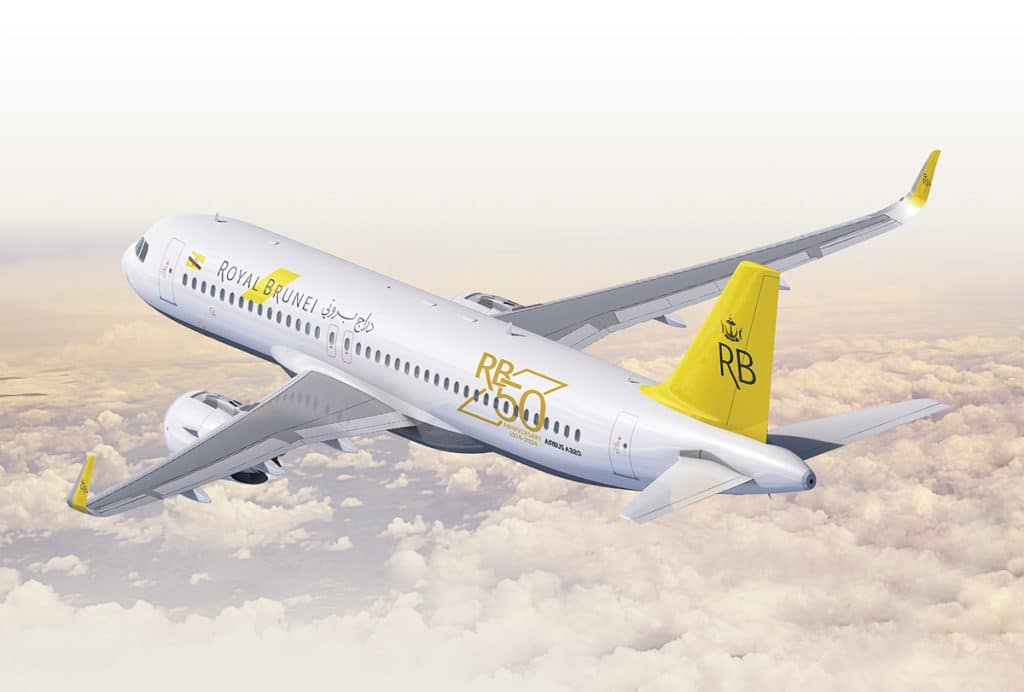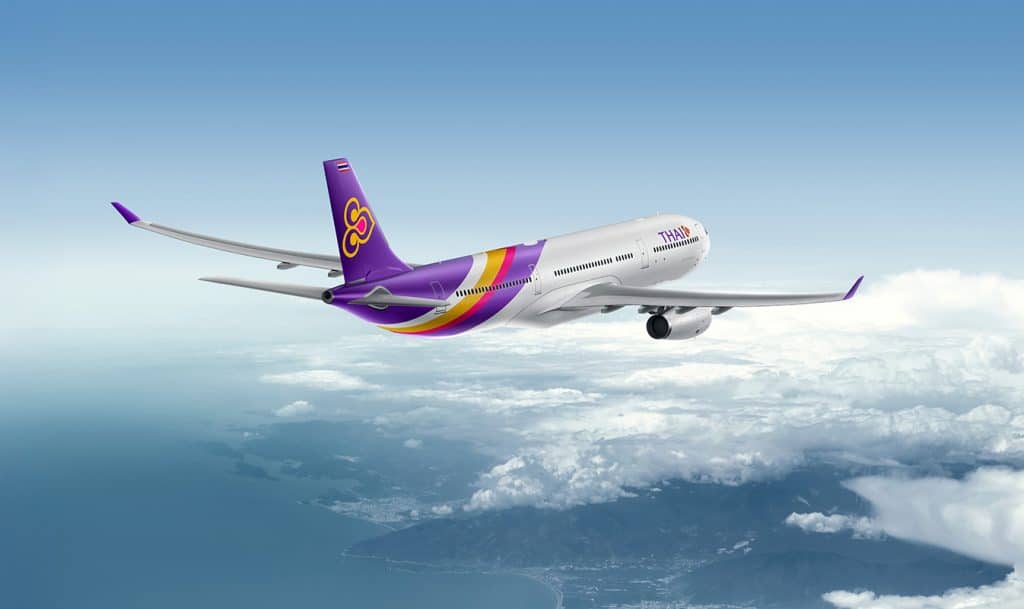Passengers in India: Embracing the Digital Skies and the Era of IFC
Aimee Emery-Ortiz, Product Marketing Manager, Commercial Aviation
Ralph Waldo Emerson wasn’t talking about commercial air travel when he said, “It’s not the destination. It’s the journey,” but one can argue that his words hold more truth today than they did in his time. As the world becomes more tied to constant connectivity for work, communication, and entertainment, the journey itself has taken on a new significance for the modern global traveler. The skies are no longer a sanctuary from the digital realm; instead, they’ve become an extension of it. Travelers from around the world shared their priorities in the recent Intelsat Global Traveler Study, revealing that the journey is no longer solely about getting from point A to B; it’s about staying connected, informed, and productive during the trek. Welcome to the era where inflight connectivity (IFC) has morphed from a luxury into an absolute necessity, fundamentally reshaping the way people experience the skies. Understanding the evolving wants and needs of passengers in India and around the world helps airlines differentiate themselves in a competitive market.
In this time of global mobility, where business deals are sealed over video calls, family updates are shared through messaging apps, and social media serves as a digital window to the world, being disconnected during air travel feels like an interruption to the flow of life itself. The days of flipping through inflight magazines or watching pre-selected movies on shared screens are rapidly fading into nostalgia. According to this year’s Global Traveler Study, IFC has become a top five booking consideration globally; six years ago, it wasn’t even in the top ten. More than 80 percent of travelers said they have used IFC before, and about half said they use it always or on most flights. In 2018, although it ranked seventh for booking consideration, only 33 percent of travelers had used it.
For Indian travelers, Wi-Fi was finally permitted on commercial aircraft by the Department of Telecom in 2018. Although passengers in India fly more than their global counterparts (5.7 flights a year on average compared to 4.7 flights a year), IFC is still a relatively new amenity. Despite this, 86 percent of Indian travelers responded to the Global Traveler Study that they strongly agree or agree that they expect Wi-Fi to be available on their flight, and for those who haven’t used it before, 84 percent said they would use it if it was available. As a group, Indian travelers are more likely to fly for business than travelers from other parts of the world, rely on productivity tools for short flights, crave social media apps and SMS texting, and want streaming options like Netflix.
Air travel has transformed from a mere passage between destinations into a continuum of our digitally connected existence. Ultimately, the Global Traveler Study reveals the transformation of the sky into a vibrant and dynamic extension of our daily lives. The rise of IFC has not only transformed the passenger experience but also reshaped the competitive landscape for airlines. As passengers in India and around the world seek out carriers that prioritize seamless connectivity, airlines have been investing in robust IFC infrastructure and personalized digital services. This period of “always-on” travel is fostering an environment where airlines are being evaluated on how they facilitate this journey through the interconnected web of the digital age.
As a leading provider of satellite connectivity, Intelsat offers comprehensive inflight connectivity solutions that meet the needs of today’s demanding travelers. The company’s multi-orbit network offers the benefits of low latency, polar coverage, and redundancy to address network hotspots ensuring that passengers can text, browse, or stream no matter where they fly. Learn how Intelsat can help your airline achieve its inflight connectivity goals.






















